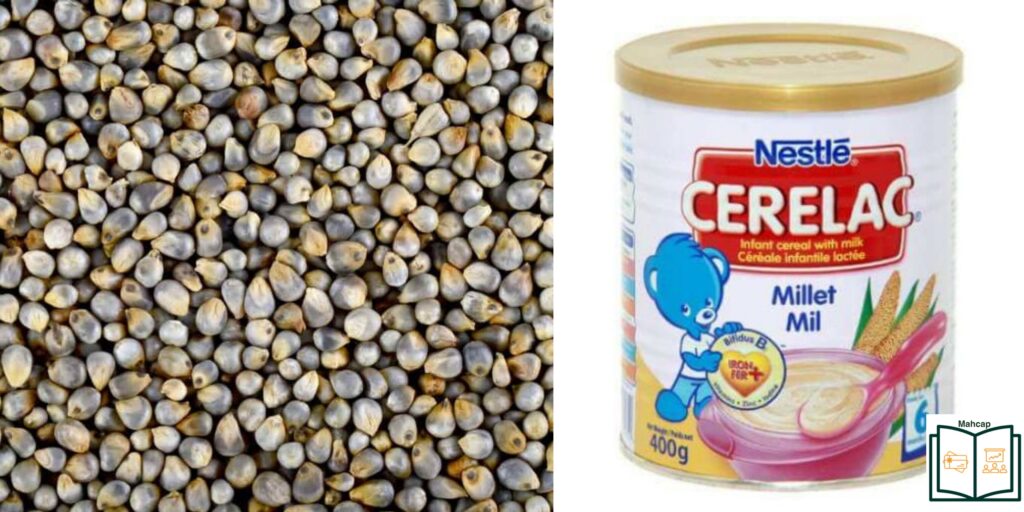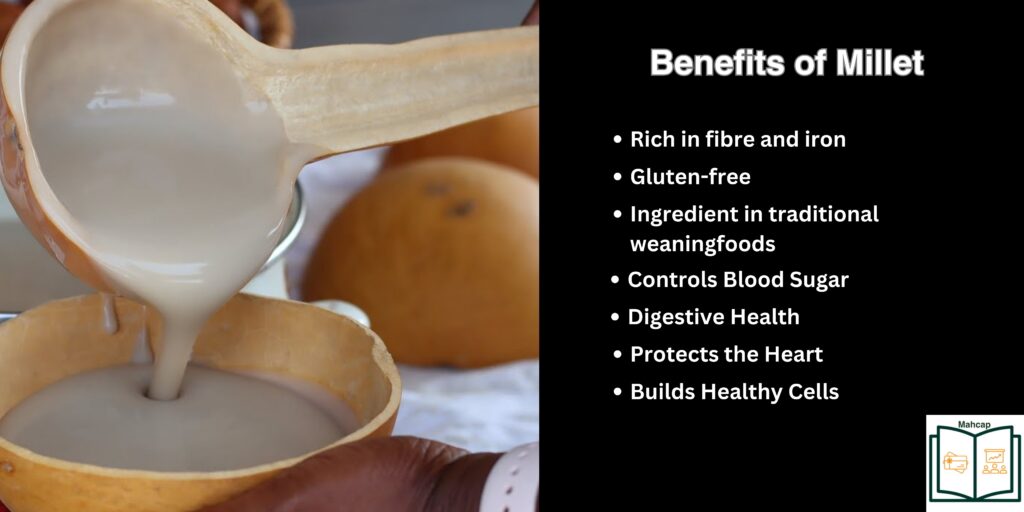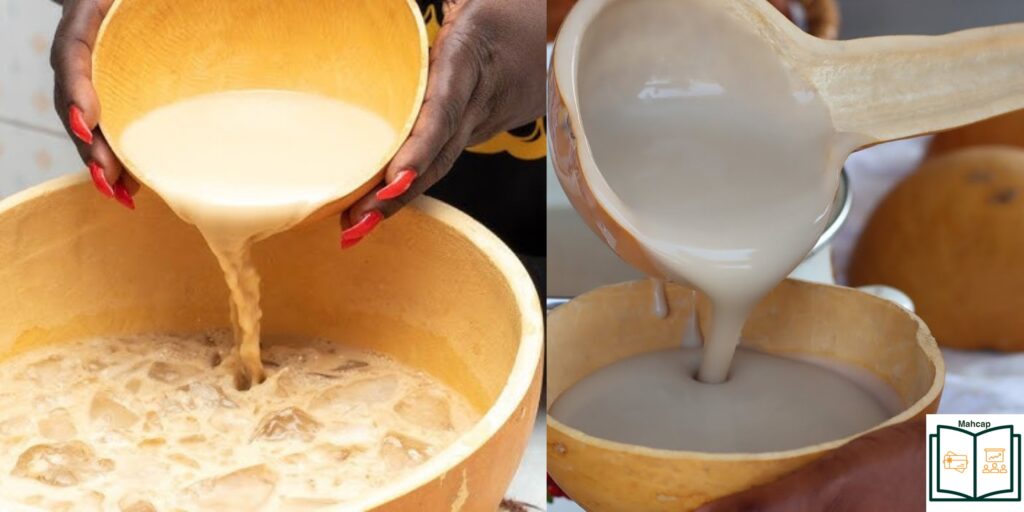Millet: Nutrition, Health Benefits & Uses
Millet is the sixth most important cereal in the world, cultivated for its food and other uses. It is tolerant to drought and heat and, therefore, a climate-friendly, stable food crop that can contribute to improving food security. Millet is also a gluten-free grain that provides the body with several nutrition and health benefits.
Millet Production in Africa
Globally, millet is cultivated in 93 countries, but only 7 countries have over a million hectares of millet. In 2022, about 30.6 million tons of millet were produced globally, with India accounting for 39% of the total1. However, West Africa as a region is the largest global producer of millet and Nigeria alone produces 40%, while Niger contributes about 11% globally2. Millet is commonly grown for their high nutritional content and resilience to harsh growing conditions.

Species or Types of Millet
About nine species of millet are common in Africa. However, only four are grown on a large scale. These include.
- Pearl or candle millet: Pearl millet has high yield potential under drought and heat stress and is, therefore, the most cultivated.
- Finger millet: Finger millet is common in Eastern and Southern Africa. It grows better in colder areas that have slightly more rain.
- Teff millet: Teff millet is cultivated in the dry mid-highlands of Ethiopia.
- Fonio: while Fonio is grown in West Africa
Millet as a Climate-Friendly Crop
Millet is special because it can grow in many different places, even where there isn’t much rain. It’s tough and can handle dry weather, droughts, and heat. When other crops like maize or sorghum can’t grow because it’s too dry, millet can still thrive. This makes it really valuable for preventing hunger and famines in tough climates3. As the world gets hotter and drier, millet might become even more important as a basic food crop. This is especially true in Africa, where land turning into deserts is increasing, which puts food security at risk.

Nutrient Composition of Millet
- Millets are rich in nutrients such as carbohydrates, protein, fibre, vitamins, and minerals. Pearl millet is rich in protein and minerals compared to most other cereals.
- In addition, millets have high levels of energy, calcium, iron, zinc, and lipids. Pearl millet contains over three times more iron than maize, making it a crucial dietary element, especially in regions like Africa where iron deficiency is common, particularly among women.
- They are also gluten-free, making them suitable for individuals with gluten intolerance.
- Additionally, pearl millet is known to be more digestible than sorghum. Its high nutritional value makes it a key ingredient in traditional weaning foods.
Uses of Millet
- Porridges: Millet flour is made into thin or thick porridge in many African countries, and it is popularly called “Hausa Koko” in Ghana or “Fourra” in Nigeria and Niger. Also, in Francophone Africa, the steamed millet product called “couscous” is very popular. Millet porridge is very delicious and provides the body with several nutrients.
- Bread and cake: In India, millet is consumed as flatbread called “dosa” or baked into a fried cake called “masa” in Africa.
- Cerelac Millet: In Africa, millet is processed into a complementary baby food for infants over 6 months. Millet is easily digestible and nutritious and, therefore, good for children.
- Tuozaafi (TZ): In Ghana, and specifically in the Upper East Region, among the Frafras, millet is used instead of maize to make TZ, which is very delicious.
- Millet milk splash or Zomkom: In Burkina and Ghana, a fermented millet beverage drink called “Zomkom” is very popular. It is very tasty and served on occasions, both formal and informal.
- Beer: Pearls and finger millets have great brewing quality and, therefore, are brewed into a beer in Africa through malting and fermentation process.
- Millet as Chicken feed: millet is included in broiler diets to increase egg production.

Health Benefits of Millet
Millets are highly recommended for infants, lactating mothers, the elderly, and people recovering from illness (convalescents) due to their high energy and nutritional content, which promote health and well-being. Millets have the following health benefits4.
- Controls Blood Sugar: Millets have a low glycemic index (GI), which means they can help prevent blood sugar spikes after meals. They’re a healthy whole grain, particularly beneficial for individuals with type 2 diabetes.
- Digestive Health: Millet contains both soluble and insoluble fibre. The insoluble fibre acts as a prebiotic, supporting good bacteria in the gut. It also adds bulk to stool, helping to regulate bowel movements and reduce the risk of colon cancer.
- Protects the Heart: Millet’s soluble fibre traps fat in the digestive system, reducing blood cholesterol levels and lowering the risk of heart disease. It is also rich in magnesium, which may help prevent heart failure.
- Builds Healthy Cells: Also, B vitamins are crucial for cell division and brain function, and finger millet is a great source of these nutrients. Vitamin B9, also known as folate, is particularly important for making healthy red blood cells.
By: Ayisha Gunu Mohammed (Agric Biotechnology Graduate and Researcher) and Huzeima Mahamadu (Researcher and storyteller).
Subscribe to Mahcap for free premium content!
References
- Kheya, S. A., Talukder, S. K., Datta, P., Yeasmin, S., Rashid, M. H., Hasan, A. K., … & Islam, A. M. (2023). Millets: The future crops for the tropics-Status, challenges and future prospects. Heliyon. ↩︎
- Obilana, A. B. (2023). OVERVIEW: IMPORTANCE OF MILLETS IN AFRICA ↩︎
- Meena, R., Joshi, D., Bisht, J., & Kant, L. (2021). Global Scenario of Millets Cultivation (pp. 33–50). https://doi.org/10.1007/978-981-16-0676-2_2 ↩︎
- Hassan, Z. M., Sebola, N. A., & Mabelebele, M. (2021). The nutritional use of millet grain for food and feed: A review. Agriculture & Food Security, 10(1), 16. https://doi.org/10.1186/s40066-020-00282-6 ↩︎
